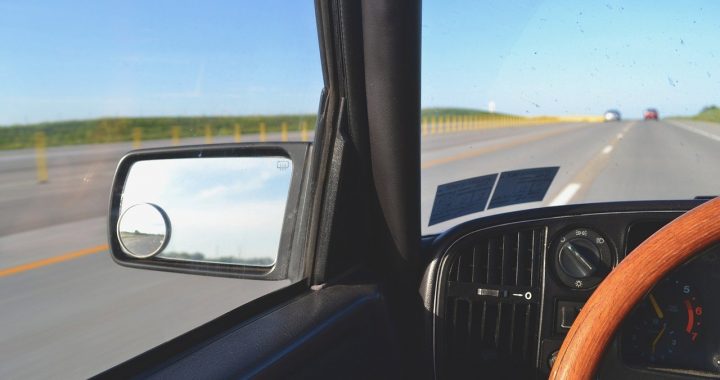The driving test is a rite of passage for any driver, and many people feel that cheating on it will give them an unfair advantage. But what are the consequences of cheating on the driving test? What happens if you get caught? And why do so many people still resort to cheating in the first place? Human nature is hard to change, so DMV employees work hard to fight it.
Reasons to Cheat
For some people, the driving test is not easy. They have problems with written tests or desperately want a license but don’t drive so well. As a result, they might think cheating is the answer.
The main reason people cheat on their driving test is to avoid failing it and being relegated to a life of public transportation or hiring someone else for every errand they need to run. For some, there’s also an element of pride: They don’t want others who know them from school or work seeing that they failed the driving test and getting teased about it later.
Some people are so desperate not to fail that before deciding whether cheating makes sense, they’ll ask family members for advice. If Mom thinks she should do it, then the chances are good that you will too – right? Unfortunately, this isn’t always true because many parents have no idea what happens if you get caught cheating on your written or practical driving test.
Consequences of Being Caught
The consequences of cheating on a driving test are not easy to brush off. The DMV can deny your license. You can have points assessed against you (even if it’s for something unrelated!) or even face jail time. And that doesn’t include the fact that most employers and schools will also check DMV records before hiring or accepting someone. Suppose this is an important goal in life. In that case, cheating may seem like a good option – but realistically, there’s no reason why success can’t happen through honest means.
Besides the risk of getting caught and punished by authorities, taking shortcuts won’t get you any closer to reaching your goals than hard work would. Additionally, taking shortcuts on something as dangerous as driving is a recipe for disaster.
Study and Practice Make Perfect
Don’t take chances with your test. Study hard for the written test. Practice with your driving instructor. And most importantly, study and practice for the road test. Everything that you learn in driver’s education will be on the road test – so don’t take anything lightly because it won’t show up on the written exam.
Some people take the easy way out when they take their driver’s license test by cheating on it. This way is a bad idea because not only will you fail to pass, but your driving privileges may also be suspended or revoked for up to one year in some states. Suppose you want to avoid these consequences and learn how to drive. In that case, we recommend getting an excellent written DMV practice exam guide. The guide should include all of the information necessary for passing the test and tips on what questions might come up during your practical examination. We encourage you to avoid cheating on the driving test.






